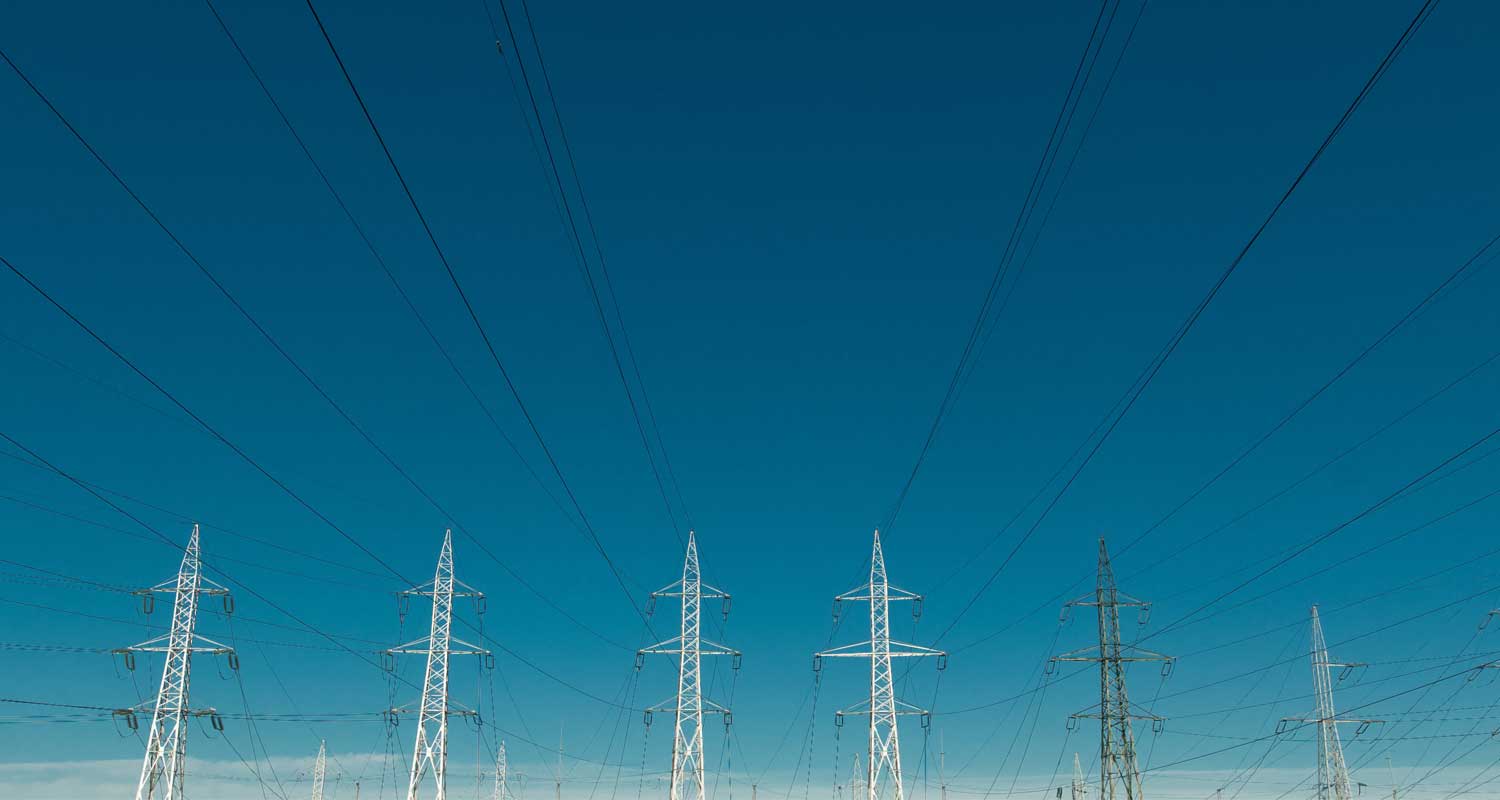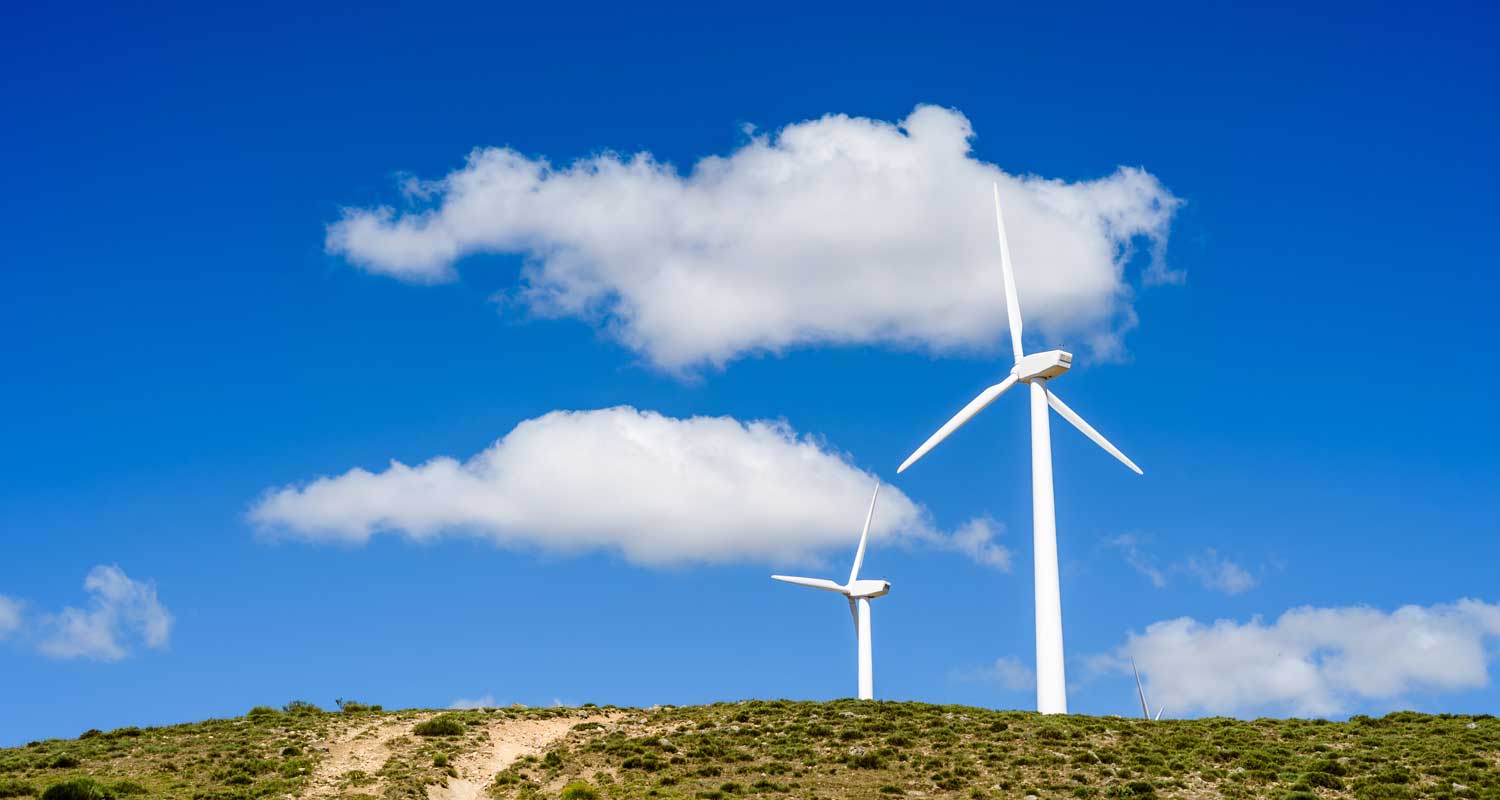 South Africa is in the middle of a severe electricity crisis, with enforced power cuts that have worsened every year. Electricity is sometimes unavailable for 10 hours a day – or more. The shortfall is the consequence of frequent breakdowns at its ageing coal power plants, which constitute 74% of the country’s generating capacity.
South Africa is in the middle of a severe electricity crisis, with enforced power cuts that have worsened every year. Electricity is sometimes unavailable for 10 hours a day – or more. The shortfall is the consequence of frequent breakdowns at its ageing coal power plants, which constitute 74% of the country’s generating capacity.
In theory, improving the performance and reliability of the existing coal plants would resolve the power crisis. This remedy is promoted in some quarters. But it’s easier said than done. To function satisfactorily, many of the plants would require a complete overhaul, which would be both time consuming and prohibitively costly.
Estimates suggest that South Africa needs around 6GW of extra capacity to overcome the current deficit. The following sections explain why it is likely to require as long as five years to eradicate this shortfall, though partial improvement should already be felt by the end of 2024.
Building new coal, nuclear or gas plants is still being considered to improve future power supply, but these typically require construction times of 10 years. They would therefore not play a role in the short- to medium-term period under consideration.
Time lines for fixing existing power stations
The 4.8GW Kusile and its twin Medupi are the two largest power stations in South Africa, and among the biggest coal plants in the world. Their construction was commissioned in 2007. At the time they were expected to guarantee South Africa ample electricity supply and allow the decommissioning of older plants.
But the construction of the plants proceeded disastrously. Costs escalated to more than double the initial projections and construction was much slower than anticipated. One of Kusile’s six units has still not been finished.
Calamity also struck twice in the first few years of operation. The damage caused by an explosion at Medupi’s unit 4 in 2021 resulted in so much damage that the unit not yet been brought back online. Then in October last year, a chimney at Kusile collapsed. This forced the closure of three Kusile units.
The 1.8GW Koeberg nuclear power plant has in recent decades contributed about 5% of South Africa’s electricity. It will reach the end of its initially projected 40-year lifespan in 2024. To extend its operating licence for a further 20 years, the National Nuclear Regulator requires specific part replacements and upgrades, the most significant being the installation of new steam generators.
These operations were initially projected to require 10 months (five months for each of Koeberg’s two units) to be completed. The attempted upgrade of the first unit early last year was aborted after it became clear that preparations for the project were incomplete.
The second attempt began in January this year. But it has already been acknowledged that this stage, initially projected to end in June, will not be completed until at least August. After that, a similar process will commence for the other unit, and this will be followed by a 200 day planned outage.
Read: R2.5-billion to fix Medupi unit that blew up
Koeberg is therefore effectively only running at half power, and this state of affairs will likely continue into 2025.
Gas power ships
Amid clear signs of a deepening power crisis, the minister of mineral resources & energy in 2021 announced successful bids to supply 2,000MW of emergency power. The bulk of this award, 1.2GW, was allocated to Turkey’s Karpowership, a company with a fleet of floating gas plants to be shipped in and moored in three of South Africa’s ports – Richards Bay, Nqurha and Saldanha.
The award attracted controversy, with accusations that the terms of reference of this bidding round amounted to an unfair advantage to Karpowership. Court challenges queried the legality of the environmental impact approvals, too.
The key objection to the Karpowership deal is that it would cement what is painted as an arrangement for temporary emergency power for a 20-year period.
This opposition and delays in some other projects reaching financial close mean that the emergency programme is at least a year behind schedule. Some might come on line at the end of 2023, but the added capacity would decrease South Africa’s electricity shortfall by only a moderate amount.
 Renewables
Renewables
The Renewable Energy Independent Power Producer Procurement Programme was designed to enable the production of mostly solar and wind energy by private developers, who would then sell it to the power utility, Eskom.
Given the intermittency of sunshine and wind, solar and wind farms in South Africa on average typically only produce about 25% (solar) and 35% (wind) of what they can generate under ideal conditions. Meeting a national shortfall of 6GW with one of these technologies alone would therefore require solar farms with a total capacity of 24GW, or wind farms with a total capacity of 18GW.
Two rounds of establishing new plants under the renewables programme are under way. The first of these should see 1GW of solar power and 1.6GW of wind power come on stream by early 2025, while the second round will see a further 1GW of solar projects completed about a year later.
Read: Eskom weighs impact on Koeberg of end of US pact
A mega-initiative to install 15GW of solar and wind power has recently been touted by the new electricity minister. While this would massively ameliorate the power scarcity, it would be very challenging to construct such a large number of solar plants simultaneously due to potential import bottlenecks and a shortage of skilled installers. So, while some of these plants might be ready by late 2025, the entire programme is likely to require five years.
Domestic and private solar installations
The greatest progress in accelerating electricity production has been achieved by small-scale solar power installation initiatives, ranging from municipal or private enterprise solar farms to solar panels on household roofs. Although this component is still comparatively small, late last year the president announced that projects amounting to a total of 9GW were under development.
Despite the major growth in this sphere, the roll-out of private solar installations is hampered by the same constraints faced by the renewables programmes: import bottlenecks and skills shortages. While municipalities and smaller entities able to get such programmes working will experience considerable relief from power cuts, these initiatives will only moderately cut the national shortfall.
The timeframe for a possible recovery
Any remedies to the South African power crisis initiated now or already under development are not going to have a significant impact this year. The projections also assume that no major setback like last year’s Kusile accident is imminent.
Betweem 1GW and 2GW might be added to the generating capacity towards the end of the year, but a substantial decrease in the power shortage will only be possible towards the end of 2024, if Kusile repairs are then completed as expected, and when several renewable energy initiatives should come online.
Ending power cuts completely will probably take another five years if the infusion of more solar and wind capacity proceeds as currently planned.![]()
- The author, Hartmut Winkler, is professor of physics, University of Johannesburg
- This article is republished from The Conversation under a Creative Commons licence

